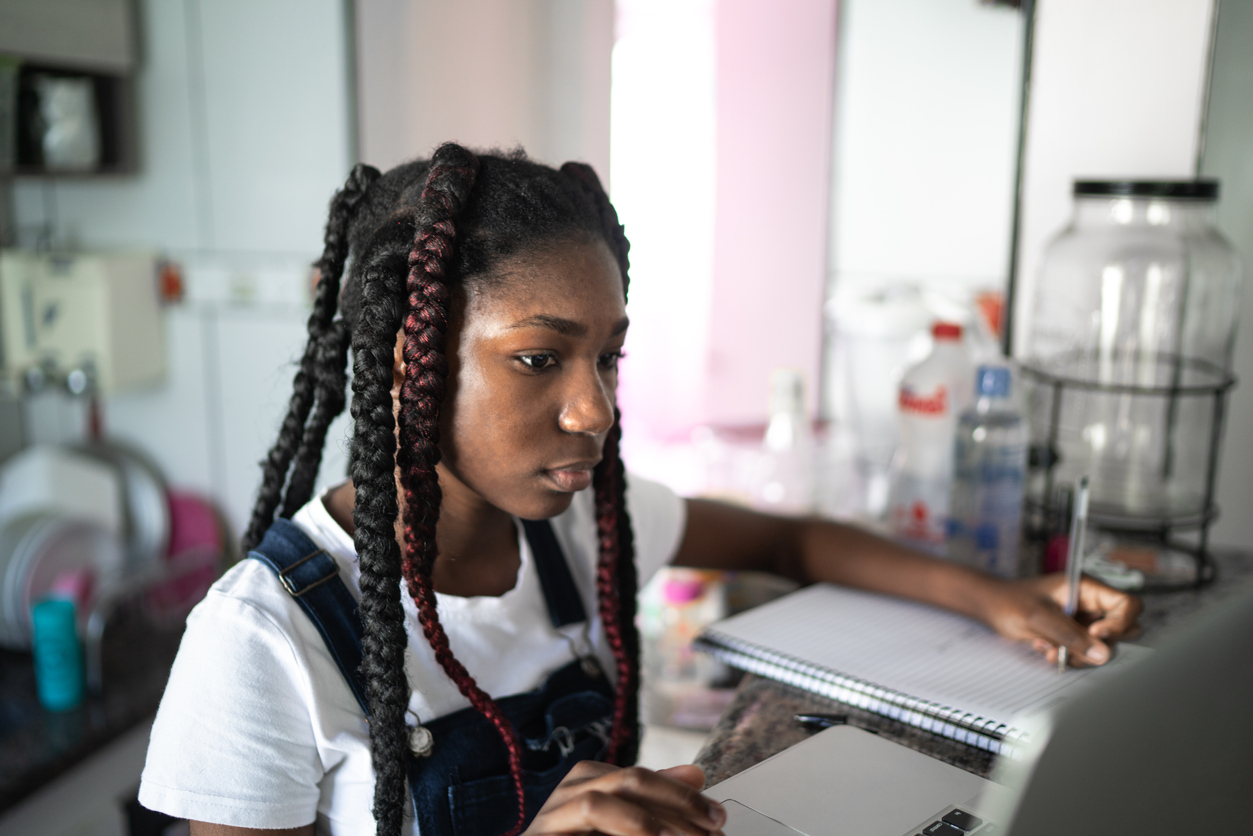We have the opportunity to ignite endless potential


In schools, our most advanced learners know that we often value compliance more than meeting their needs. As a lifelong educator, who has spent years supporting students’ gifts and talents, I’ve seen and heard students talk about being bored out of their minds when they know the answers, but are never called on by their teachers. Early finishers tell me that they are criticized for failing to include a small detail in their assignments or are scolded for being jumpy and unfocused. Persistent questioners are muted when their inquiry veers the class off of the lesson plan. Exhausted students spend their time listening to adult lectures about respecting others, sitting up straight and waiting their turns instead of learning exciting new things. We have to do better. We have to take on the challenge of building a culture of learning that allows our students’ gifts and talents to flower.
But most students who are advanced in a given area, when compared to their peers, learn to sail through school, by artfully complying with teachers or by pasting on a smile and nodding at teacher talk. They do what they need to do to survive in schools that are not built for their above-level learning. As educators, I’ve found that we are so focused on making sure our struggling students meet their proficiency goals, that we let our talented students slowly wilt on the vine, unseen and unheard.
Many parents realize that their own high ability child’s needs are woefully unmet in school so they do whatever they can to enrich their learning outside of school, but they also dream of a day when they can get more help. Other parents don’t even recognize that their children have an unmet need for advanced development because their child doesn’t come in the package of what one might see as a successful learner. Neihart and Betts (2010) offer us all help when they describe a series of six learner profiles in a matrix they called “Profiles of the Gifted and Talented”: The successful, the creative, the underground, the at-risk, the twice exceptional and the autonomous learner. Looking at and reflecting on these profiles is helpful to educators and parents alike because the matrix explodes the myth of the compliant and eager “gifted learner” and helps us all look at people we know in our own lives who fit into part or all of the profiles. It’s a useful tool to reflect on who needs help with advanced learning of many kinds and it may inspire us to plan for the development of services and support that fits diverse advanced learner needs.
The “successful” learner has learned the game of school and doesn’t cause any trouble for teachers, but they are often not pushed to their level or fully engaged. The “creative” student finds an outlet where they can express their surging gifts. The “underground,” – frequently a middle school girl – is often in hiding, afraid of being seen for the gifts and talents they once enjoyed showing off. The “twice exceptional” student is a person who has multiple exceptionalities – great potential in a given area, but also learning needs that need remediation or support. The “at risk” student is one who may not even realize how much potential they have. I think of this student as a Ferrari engine in a VW body. This is a student who can become so invisible that they can fall right through the cracks or even burst out at the seams. The autonomous student is off building a computer in a garage or creating a track for a rock song. Their grades are the least of their concerns because teachers and school are not where they find affirmation.
If we take a moment and close our eyes, I am sure that parents and teachers can picture someone who fits these categories. Once we see these learners in our schools and homes, we must be called to action. The National Association for Gifted Children created a Gifted Children’s Bill of Rights that includes a child’s right to “learn something new every day,” to “make mistakes,” and to “not be gifted at everything.” In order to build a culture of learning for all of our students, we have to spend as much time thinking about how we develop their assets, as we do work together to remediate their deficits. We have the opportunity to ignite endless potential, if only we take the time to see, support and grow our childrens’ gifts.
—
Dr. Maryann Woods-Murphy is an educational consultant focused on the areas of talent development, equity and inter-cultural understanding within a deep context of social and emotional learning. In addition to being named the New Jersey Teacher of the Year in 2010, Maryann served in the U.S. Department of Education as a Washington Teaching Ambassador Fellow in the Obama administration. Maryann regularly presents sessions or keynotes at regional or national conferences, is an active educational blogger and has been named a leading educator in the Education Civil Rights Alliance inaugural cohort. For the past 21 years, Maryann has co-directed an anti-racism conference for high school students called: “Teens talk about Racism”. Maryann holds a B.A. in Philosophy and Spanish, an M.A. in Spanish Literature, a Diploma de Estudios Hispánicos and an Ed.D. in Teacher Leadership.